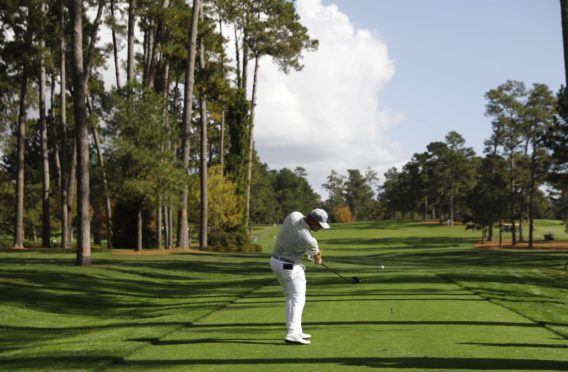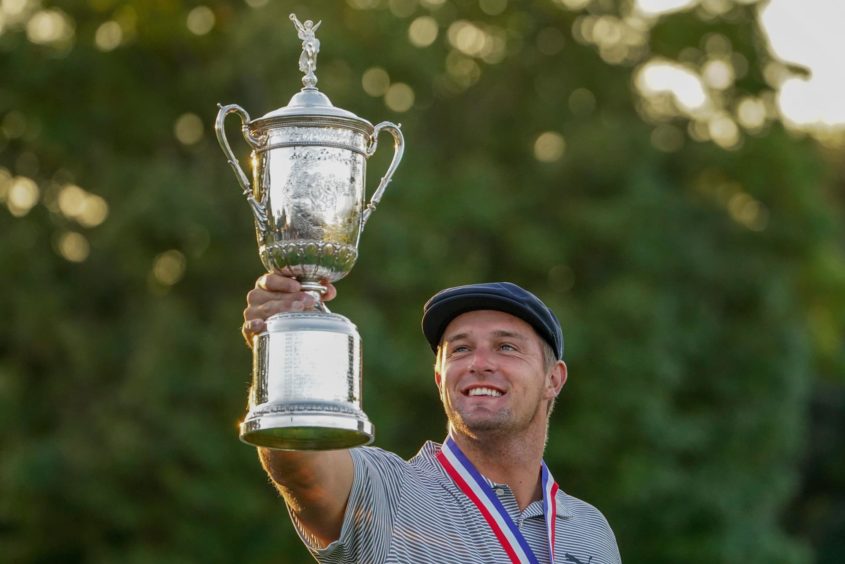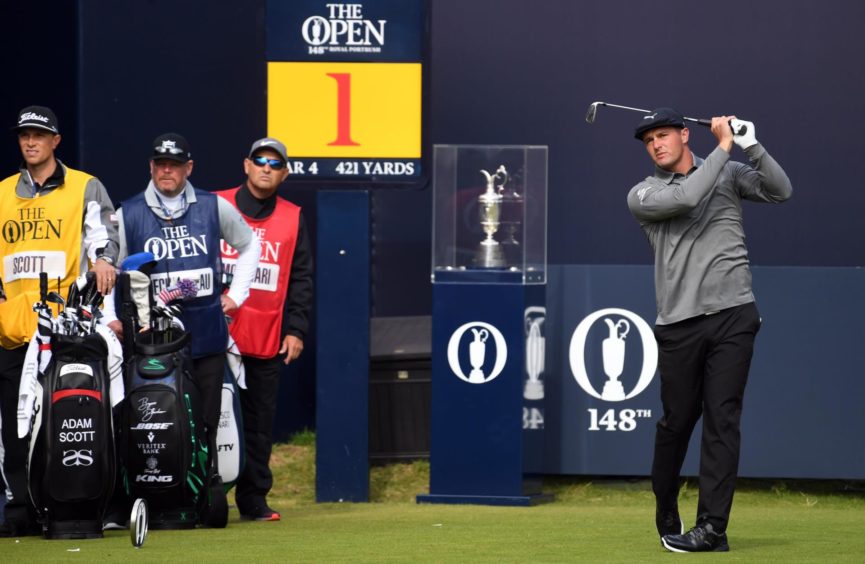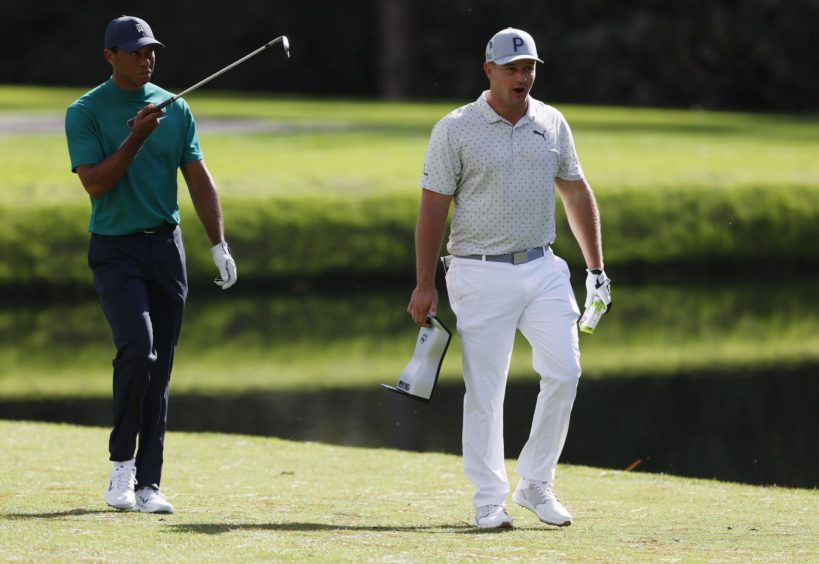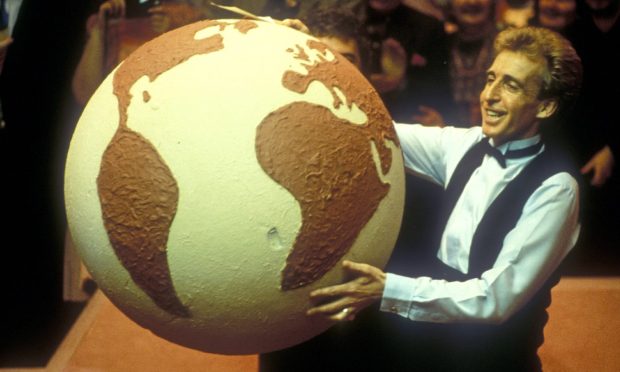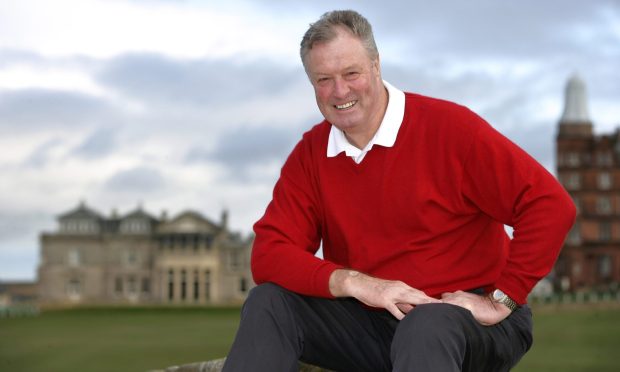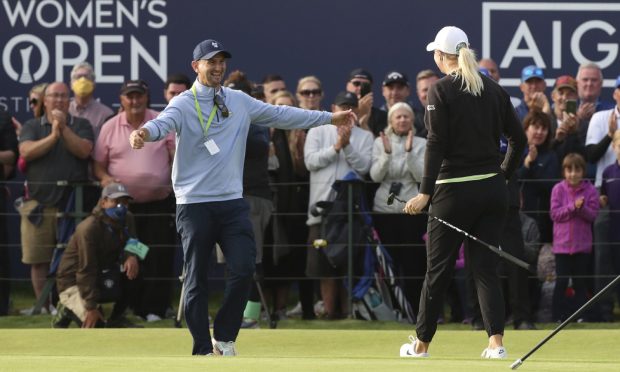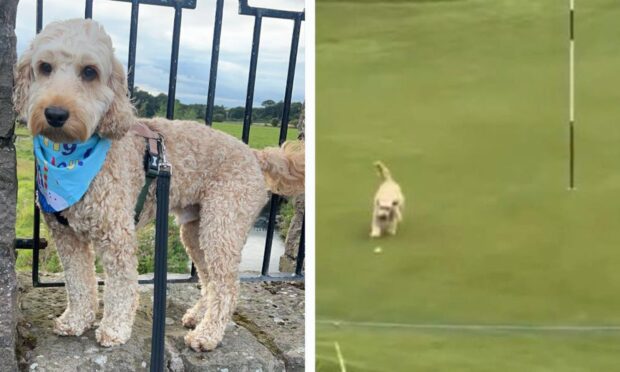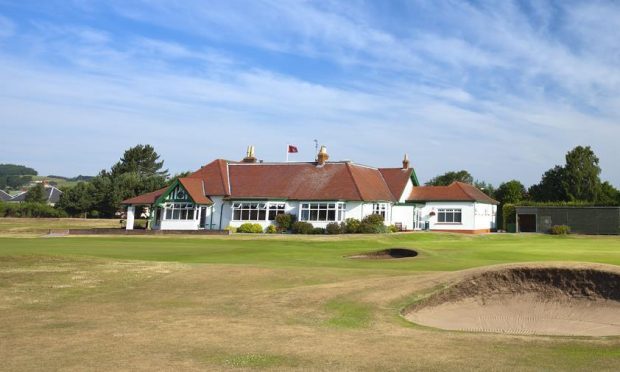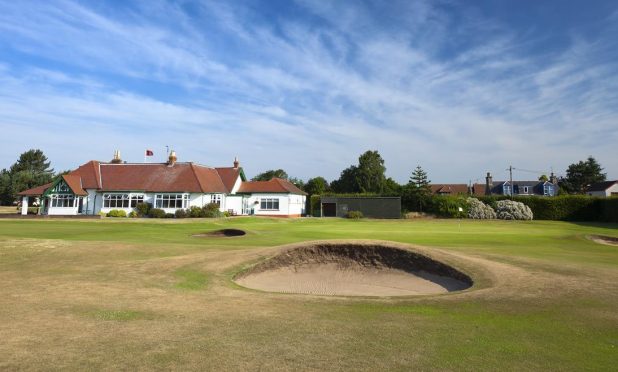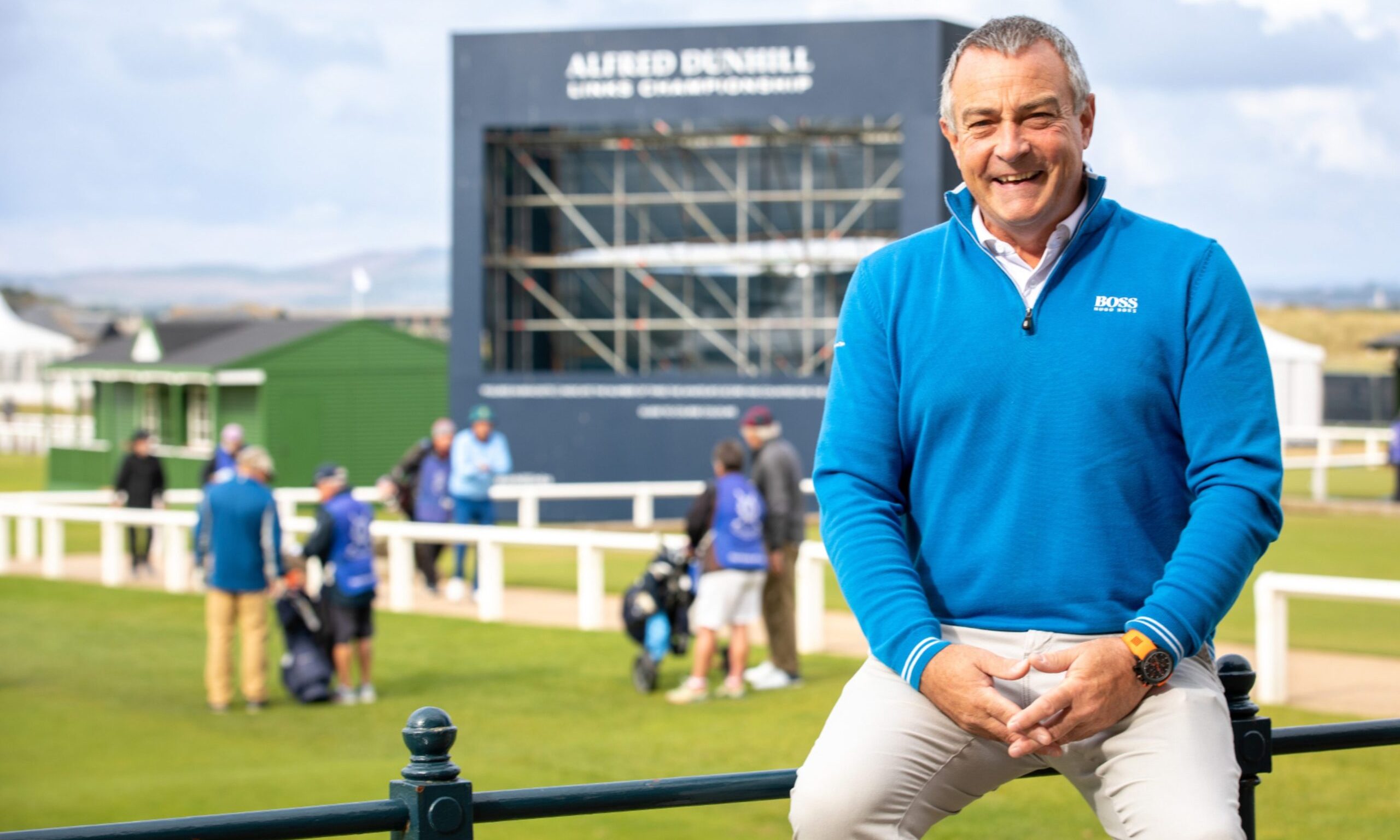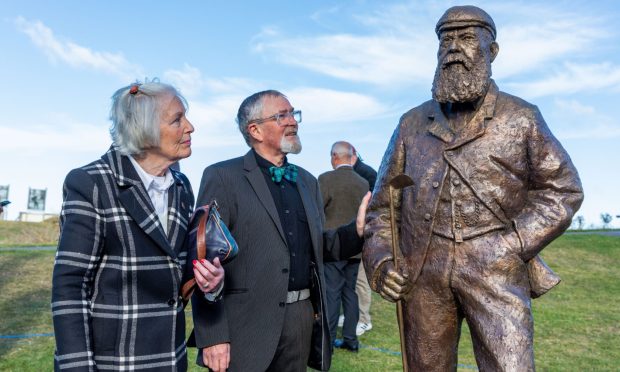Bryson DeChambeau wants to change golf, and we’ll get an idea if he’s going to be successful at the Masters this week.
The 27-year-old has taken the game’s distance gains to unapproached levels. Whether this is good for the game or not is a debate that will accelerate if he dismantles Augusta National.
Golf’s other great icon, the Old Course at St Andrews, stands to be next in 2022, and that should hopefully concentrate the mind of the R&A.
DeChambeau, who comfortably won the US Open at Winged Foot, is already a 10-1 favourite for the green jacket – a bit mad, for someone whose best finish at Augusta is tied 21st (as an amateur). Half of this is driven by the hype he’s happily fuelled, half by genuine wonder at what he’s doing to the game.
Here’s three reasons why I think DeChambeau can dismantle Augusta…and three more why I think he won’t.
Sheer length
When Augusta was previously overwhelmed by a young and lithe Tiger Woods in 1997 – he averaged nearly 50 yards more than the field – the green jackets took swift action.
Mature trees materialised from nowhere, tees were walked back, rough (or first cut, in Masters-speak) started to appear.
They’ve had no time to Bryson-proof Augusta – they did acquire extra land from a neighbour property, ostensibly for a new 13th tee, but only a service road has been constructed there so far.
The 13th is one of golf’s most treasured holes and DeChambeau’s stated plan is to bash over everything all the way to the 14th fairway, in the process stomping all over the sacred strategic ethos of the club’s founder Bobby Jones.
Bryson can drive the 3rd green with a three-wood – he drove through the back in practice with Sandy Lyle – hit every par five in two and, perhaps ominously, significantly allay the terrors of holes like the 5th and the 10th – although he’s said he won’t take on the 10th off the tee.
Having a shorter club in his hands for his second shot on most holes is a significant advantage – Augusta is supposed to be a second shot course, at least in the traditional way of playing it.
He’s got a lot more touch than you think
Such are the wild elevation changes and the green contouring at Augusta, a strong short game is a necessity – Ballesteros, Olazabal and Mickelson didn’t win multiple times here by accident.
DeChambeau has been typecast as a basher, not surprisingly, but at Winged Foot his dominance was at least halfway based on his touch on and around the greens.
Putting was not the strongest part of his game until he switched to the clumsy-looking set-up which proved just about faultless in the US Open. Augusta’s marbled, sweeping greens are another kind of challenge, but he’s been there often enough now to know where to hit and miss.
Preparation
DeChambeau wants to change the game – merely winning majors does not appear to be enough for him. Winged Foot was great but he knows the place to make epoch-making statements is Augusta National.
No sooner was his acceptance speech at the US Open finished than he was talking about his 48-inch shaft – not in play this week – and the extra length he felt was attainable, specifically aimed at making more waves.
The club has always been generous to competitors needing practice rounds prior to the tournament, and DeChambeau tested that to the limit by going 10 times before his debut as an amateur in 2016.
Pre-tournament practice rounds for those without a green jacket are now limited to five, but DeChambeau appears to have used them judiciously. He’s taken a whole month out of tournament golf to fine-tune for Augusta.
A self-described “obsessive experimenter”, you can never accuse Bryson of being afraid of hard work. It’s doubtful anyone has ever been as carefully prepared for an assault on Augusta.
But…the field is different
Augusta is obviously the one major venue they play every year, and as a result there are players in the field who just about know every blade of grass.
Bryson has a new strategy all mapped out which he believes will be revolutionary, but it’s untested and there are many more players – certainly many more than there were at Winged Foot – who know exactly where they’re going and what they have to do.
Brooks Koepka, who missed the US Open and is still probably golf’s Alpha male of the moment, was really just one loose shot away from Tiger last year. Woods himself knows Augusta better than anyone and realises it represents his best – possibly only – chance of adding more major titles.
Patrick Reed, Bubba Watson, Jordan Spieth, Justin Rose – all have performed well at Augusta in the recent past. And Augusta suits Rory McIlroy’s game so well you have to believe that at least once he’s going to get into the Sunday mix.
Augusta in “the fall”
An autumnal Masters is an unknown quantity, and the course could well play differently – McIlroy, who played there in late October, thinks it will.
Temperatures are forecast to be the same, but the course had no grass on the fairways a month ago – they close the course in summer because of the extreme heat. The turf’s as lush as ever now, but it’s had much less time to bed in, and it’ll be softer.
Those who’ve played Augusta at this time of year say the ball doesn’t fly or roll as far, and some believe that the big-hitters will have less of an advantage than they do in April. If DeChambeau’s perceived advantage of length doesn’t materialise, he falls right back into the pack.
Also, DeChambeau trumpeted hitting it 400 yards on the fly the other week, but the Trackman results showed he also hit that prodigious blow 45 yards left.
There’s many examples of players winning out of the trees and the “pinestraw” – Phil Mickelson, Bubba Watson, even Tiger at times last year – but it’s pot luck and being so wild and in the trees is not usually a sound strategy at Augusta.
Will he over-reach himself?
DeChambeau’s gameplan certainly worked at Winged Foot but it doesn’t work all the time. Not all of his much-heralded scientific approach over the first few years of his pro career has been that effective – some would argue only the rather basic plan of bulking up weight to hit it further has actually worked.
And is he overthinking this detailed plan, where apart from the par threes and the 10th he has a new scheme for every hole?
Take the 13th – hitting into the 14th fairway is a grand plan, but is it really worth the risk? A birdie is almost assured playing the hole conventionally, and there is always a huge risk taking on the top of the treeline.
As one pro put it to Golf Digest last week, try to get a three there, but whatever you do don’t miss out on the four by doing it.
